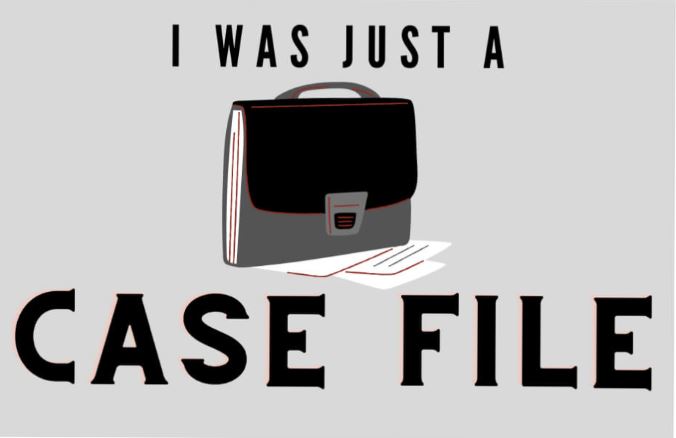What Being a Foster Kid Feels Like: Away from Home Digital Youth Museum
(Courtesy of thinkof-us.org)
November 21, 2022
Recently, I stumbled upon foster care activists and research center “Think of Us,” more specifically, a digital art museum they’ve hosted on their website for years now. In this scroll-down experience, kids from around the United States in the foster care system were asked to draw, rap or write poetry about their experiences. One piece, a collage by an anonymous source, dramatically depicts this with a single biting sentence — “I was just a case file.”
Another work I found particularly moving was a poem called “Normal?” by Timothy Dennis. “What is normal? … Is it a prescription?… Is it something I can even afford/Wherever would I find it?” Without fail, every single work included themes of isolation, lack of safety and low self-worth. What caused them to feel this way? How did a system intended to heal children scar them? First, we have to take a look at the system itself.
Long Broken, Never Fixed
The foster care system in the U.S. is meant for children in need of love, a home and, most importantly, a family, but unfortunately, that’s something rare to find in the system. Instead, many foster children, including a disproportionate number of Black and Native Americans, face terrible childhood traumas that hinder them for the rest of their lives. In fact, nearly one in four children who have experienced the foster system will have symptoms of PTSD in their lifetime. However, the brokenness of foster care doesn’t just affect their childhoods, but their adulthoods as well.
It’s well-known to researchers and criminal lawyers alike that there is a correlation between adult illegal activity and time spent in foster care. Foster kids are more than two and a half times more likely to enter the justice system and over 90% of foster adults who lived at more than five homes during childhood have been or are currently incarcerated. To get these unfortunate metrics to change, the system itself needs to be better at providing foster care to children in need. The first step of fixing a problem is getting people to notice it, and what better way than by showing people how it actually is?
Think of the Children
The final section of the museum, and probably the most tear-jerking one, is also probably the most personal section of the showcase. Teddy bears, blankets and other forms of comforting memorabilia are given life through the journeys they’ve been on with these children.
One such item is a blanket given to Jacqueline Robles. When she was taken away from her home to an emergency shelter in downtown LA, she was shown a gesture of kindness by a woman who gave her the blanket. She’s slept with it ever since that day as a reminder of where she was a few years ago, and where so many children are today.
Hopefully, as more people see these kids’ struggle, something will be done about it.
Visit the digital museum yourself or donate to the “Think of Us” organization.








